In the world of Homeowners Associations (HOAs), self-management stands as a beacon for communities striving for autonomy and direct governance. The core of a successfully self-managed HOA lies in its HOA board's ability to streamline operations, a task significantly simplified with the right management software. This blog post delves into how technology enhances the functionality of self-managed communities, spotlighting the essential software features that empower HOA boards and community members alike.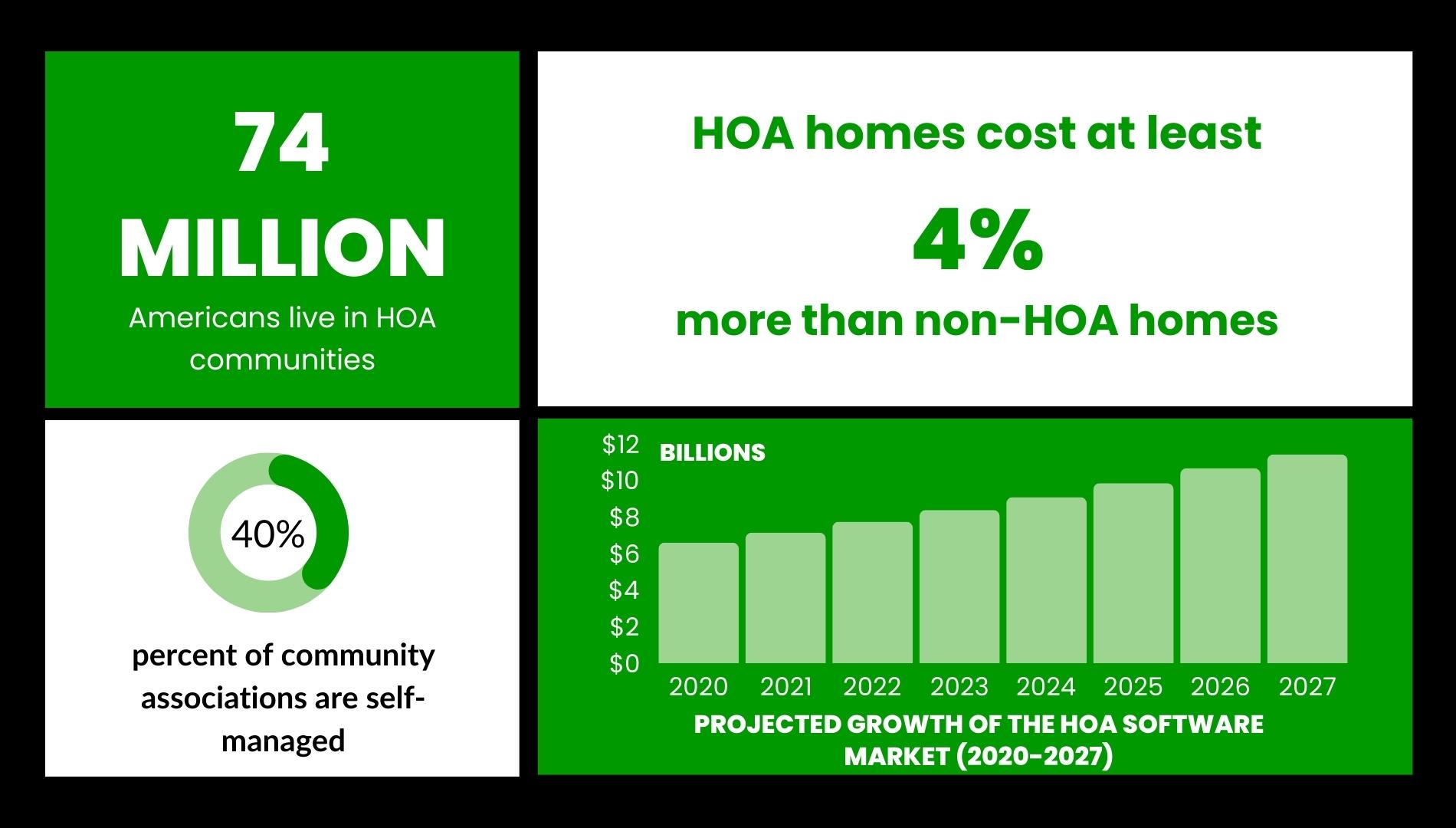
Why Opt for Self-Managed HOA Software?
Self-managed HOAs face unique challenges, including budgeting, compliance, and member engagement. Software solutions designed specifically for self-management provide a centralized platform for handling these tasks, enhancing transparency and efficiency. From automating dues collection to facilitating seamless communication among residents, these tools are indispensable for communities seeking to streamline their operations without external management.
The Growing Trend Towards Self-Management
According to the most recent Community Associations Institute (CAI) Statistical Review, an estimated 30-40 percent of community associations are self-managed. This significant portion reflects a strong preference among over one-third of condo communities and homeowner associations (HOAs) towards self-governance. As of 2022, almost 74 million Americans reside in HOA communities, underscoring the expanding footprint of these associations across the nation. This growth trend signals the increasing attractiveness of HOA communities as the living arrangement of choice for tens of millions of homeowners.
Key Features to Look For
When selecting software for a self-managed HOA, consider features that align with your community's specific needs:
- Financial Management: Tools for tracking dues, expenses, and financial reporting.
- Communication Portals: Platforms for announcements, forums, and direct messaging to foster community engagement.
- Document Storage: Secure, centralized access to important documents like bylaws and meeting minutes.
- Member Management: Databases for managing resident information and facilitating online voting.
- Reservation Systems: Manage bookings for amenities and events.
- Architectural Review Processes: Oversee property modifications and enhancements.
- Incident Reporting: Ensure transparency and quick resolution of community issues.
- Survey and Polling Tools: Gather and analyze community feedback for informed decision-making.
- Vendor Management: Streamline coordination with service providers for maintenance and other community services.
Incorporating these features will not only streamline operations but also significantly enhance the quality of community life, making management more efficient and inclusive for all members.
Top Picks for Self-Managed HOA Software
Several software options stand out for their robust features and user-friendly interfaces, catering to the diverse needs of self-managed HOAs. While specific recommendations are tailored to individual community requirements, popular choices include platforms known for their comprehensive management tools, ease of use, and scalability. These solutions empower HOAs with the capabilities needed to manage their affairs effectively, emphasizing the importance of selecting a system that aligns with the community's size, budget, and goals.
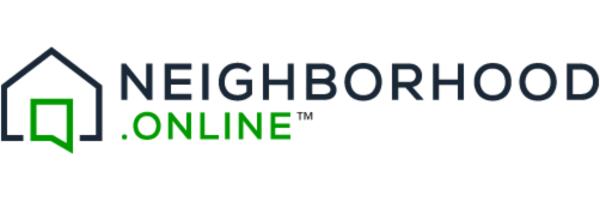
Pricing starts with free with ads. Read our guide on Evaluating Free HOA Software.
Pros and Cons
Pros
| Wide range of features including a website builder, document management, event calendar, member forums, voting and surveys, and online payments. | |
|---|---|
| Customization and Branding | |
| Community Engagement Tools | |
| Security and Privacy | |
| Ease of Use | |
| Streamlines property management tasks. | |
| Provides a dashboard with critical information. | |
| User-friendly and easy to implement. | |
| Good value for money. | |
| Responsive customer service. | |
| Regular software updates and improvements. | |
| Suitable for managing both residential and commercial properties. |
Cons
| Learning Curve | |
|---|---|
| Dependence on Internet | |
| Cost Concerns | |
| Ad-Based Free Version | |
| Custom Development Needs | |
| Integration with Existing Systems |
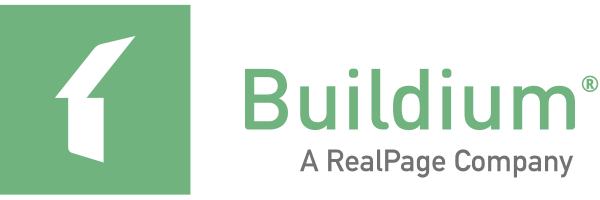
- Buildium - Known for its comprehensive property management features, including financial tracking, online payments, and resident communication tools.
- Pricing starting from: $55 per month
Pros and Cons Of Buildium
Pros
| Streamlines property management tasks. | |
|---|---|
| Efficient tenant payment processing. | |
| Reduces time spent on paper bills and checks. | |
| Provides a dashboard with critical information. | |
| Offers valuable features for accounting, leasing, and expenses. | |
| User-friendly and easy to implement. | |
| Good value for money. | |
| Responsive customer service. | |
| Regular software updates and improvements. | |
| Suitable for managing both residential and commercial properties. |
Cons
| Difficulty in using the mobile app. | |
|---|---|
| Challenges with handling early rent payments. | |
| Onboarding process can be lengthy. | |
| Inadequate reporting for commercial properties. | |
| Limited customer support for certain plans. | |
| Challenges with e-payment underwriting. | |
| Issues with setting up online payments. | |
| Some users found the onboarding process lengthy and redundant. | |
| Limited ability to customize reports. | |
| Requests for certain features may not be addressed promptly. |
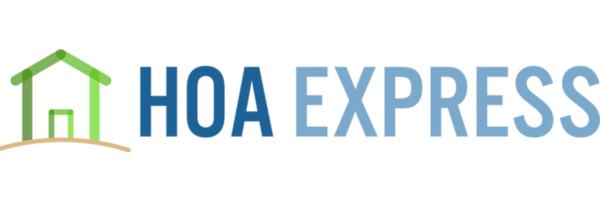
HOA Express
A user-friendly option for smaller HOAs, providing website building, document storage, and community engagement tools.
Pricing starting from: $300 per year
Pros
| Easy to set up and deploy community portals | |
|---|---|
| Customizable URL included in standard fees | |
| User-friendly interface | |
| Self-service knowledge base and live chat | |
| Responsive customer support | |
| Regular updates and feature additions | |
| Great value for money |
Cons
| Minor updates needed for unique requirements | |
|---|---|
| Limited flexibility with commercial off-the-shelf software | |
| Learning curve for some advanced features | |
| Non-Microsoft or Google software integration can be challenging |
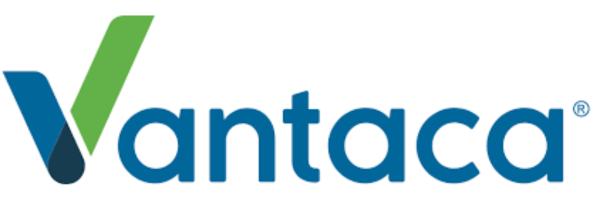
Vantaca
Focuses on streamlining operations with automation, offering financial management, communication portals, and reporting capabilities.
Pricing Model: Per User
Pros
| Saves time and staff resources | |
|---|---|
| User-friendly interface | |
| Automation and efficiency features | |
| Comprehensive features for property management | |
| Owner and tenant portals | |
| Extensive reporting capabilities |
Cons
| Learning curve for some users | |
|---|---|
| Occasional slowdowns | |
| Issues with AP process and collections | |
| Glitches and bugs |

DoorLoop
Pricing starting from: $1 per month
Pros
| User-friendly interface | |
|---|---|
| Excellent customer service | |
| Regular feature updates | |
| Automation and efficiency features | |
| Owner and tenant portals | |
| Extensive reporting capabilities |
Cons
| Some users experienced processing limits for funds | |
|---|---|
| Slow payment processing times | |
| Basic functionality in certain areas | |
| Lack of direct phone support for customer issues |
Embracing Technology for Community Harmony
The transition to a self-managed HOA software solution represents a significant step toward fostering a harmonious, well-organized community. By leveraging the right tools, self-managed HOAs can enhance their operational efficiency, promote resident engagement, and ensure a thriving community environment.
In the digital age, the power of technology in simplifying complex tasks is undeniable. For self-managed HOAs, embracing software solutions is not just about staying current; it's about unlocking the full potential of their community, ensuring every resident enjoys a high quality of life in a well-managed, cohesive environment.
Conclusion
Self-managed HOAs have a unique opportunity to harness the power of technology to enhance their community operations. By carefully selecting software that aligns with their needs, these associations can enjoy streamlined processes, improved communication, and a stronger sense of community. The future of HOA Management Software is digital, and for self-managed communities, the journey begins with choosing the right software.
Sources
-
Community Financials. (n.d.). Self-Management with Support May Be the Best Solution for Your Community. Retrieved from https://communityfinancials.com/self-management-with-support-may-be-the-best-solution-for-your-community/
-
iPropertyManagement. (n.d.). HOA Statistics. Retrieved from https://ipropertymanagement.com/research/hoa-statistics
-
CNBC. (2023, October 31). What the Rise of Homeowners Associations Means for Americans. Retrieved from https://www.cnbc.com/2023/10/31/what-the-rise-of-homeowners-associations-means-for-americans.html
-
HOALife. (n.d.). Self-Managed HOA. Retrieved from https://www.hoalife.com/blog/self-managed-hoa
-
PayHOA. (n.d.). Self-Managed HOA & Homebuyers. Retrieved from https://www.payhoa.com/self-managed-hoa-homebuyers/
-
LinkedIn. (n.d.). Homeowners Association (HOA) Software Market Size. Retrieved from https://www.linkedin.com/pulse/homeowners-association-hoa-software-market-size-1f
-
LinkedIn. (n.d.). 2030 Homeowners Association (HOA) Software Market Regional. Retrieved from https://www.linkedin.com/pulse/2030-homeowners-association-hoa-software-market-regional
-
Verified Market Reports. (n.d.). Homeowners Association (HOA) Software Market. Retrieved from https://www.verifiedmarketreports.com/product/homeowners-association-hoa-software-market/
-
GlobeNewswire. (2023, May 30). In-Depth Analysis on Property Management Software Market - USD 42.89 billion by 2030. Retrieved from https://www.globenewswire.com/en/news-release/2023/05/30/2678175/0/en/In-Depth-Analysis-on-Property-Management-Software-Market-USD-42-89-billion-by-2030.html






